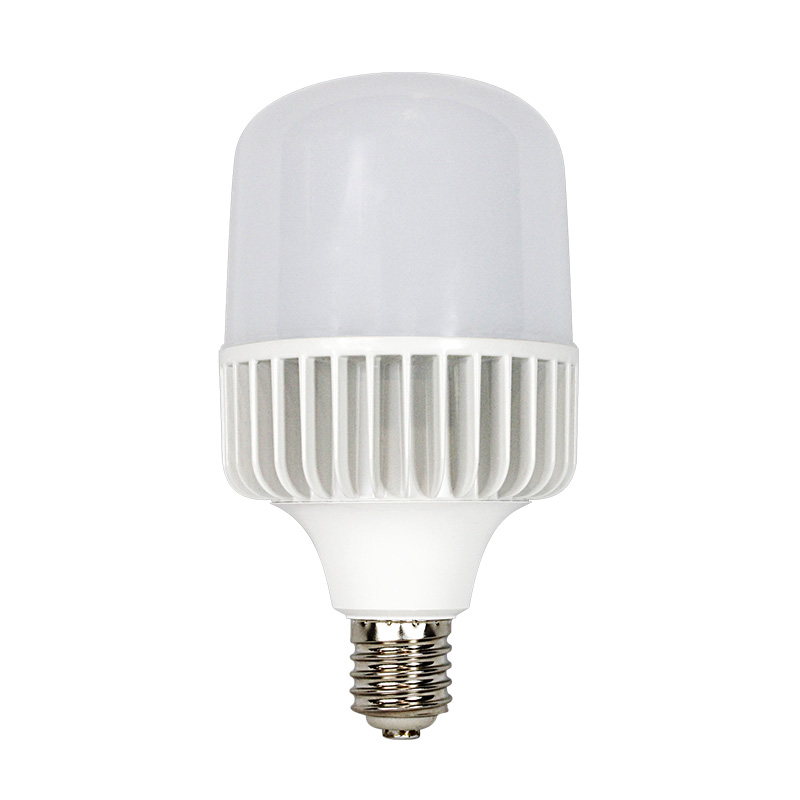What are the disadvantages of LED light bulbs?
2023-10-19
The surface of Plastic injection auto parts is smooth without scratches and clear characters and patterns. .It has strong insulation and high wear resistance. It has also strong corrosion resistance and strong coloring.

What are the disadvantages of LED light bulbs?
LED (Light Emitting Diode) light bulbs are known for their energy efficiency, longevity, and brightness, but they also have some disadvantages:
1. Initial Cost: LED bulbs tend to have a higher upfront cost compared to traditional incandescent or CFL bulbs. However, this cost difference has decreased over the years as LED technology has become more widespread and affordable.
2. Color Temperature: Some people may not prefer the color temperature of LED bulbs. While many LED bulbs offer a range of color temperatures to choose from, some individuals still prefer the warm, yellowish light of incandescent bulbs, and LEDs can sometimes produce a cooler, bluish light.
3. Dimming Compatibility: Not all LED bulbs are compatible with dimmer switches. If you want to use LED bulbs with dimmers, you may need to purchase dimmable LED bulbs and ensure that your existing dimmer switch is compatible with them. This can add to the overall cost.
4. Flicker and Strobe Effect: Some lower-quality LED bulbs may flicker or produce a strobe effect, which can be irritating to some people and may even cause discomfort or health issues for individuals who are sensitive to flicker.
5. Limited Heat Production: While this is typically seen as an advantage for LED bulbs, in some situations, a small amount of heat produced by incandescent bulbs can be desirable, such as in outdoor fixtures during winter months. LED bulbs produce very little heat, which may not be sufficient to prevent ice and snow buildup in certain situations.
6. Complex Recycling: LED bulbs contain electronic components, which can make recycling more complex compared to incandescent bulbs. It's important to recycle LED bulbs properly to prevent environmental harm.
7. Compatibility Issues: Some LED bulbs may not be compatible with older fixtures or may require additional accessories or modifications to work effectively. Checking compatibility before purchasing LED bulbs is important to avoid any inconvenience.
8. Directional Light: LED bulbs emit light in a specific direction, which can be advantageous in some applications (e.g., spotlighting), but it may not be ideal for fixtures where omnidirectional light is desired. However, manufacturers have developed omnidirectional LED bulbs to address this issue.
9. Blue Light Emission: Some LED bulbs emit a higher proportion of blue light, which can disrupt circadian rhythms and sleep patterns, especially when used in the evening. To mitigate this, look for LED bulbs with warmer color temperatures or use filtering options if available.
10. Electronic Waste: As with any electronic device, LED bulbs contribute to electronic waste when they reach the end of their lifespan. Proper disposal and recycling are important to minimize the environmental impact.
Despite these disadvantages, LED light bulbs still offer numerous benefits, including energy savings, longer lifespan, and reduced environmental impact when compared to traditional lighting technologies like incandescent and CFL bulbs. Advances in LED technology continue to address and mitigate some of these drawbacks.


